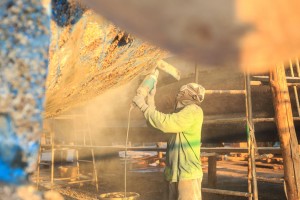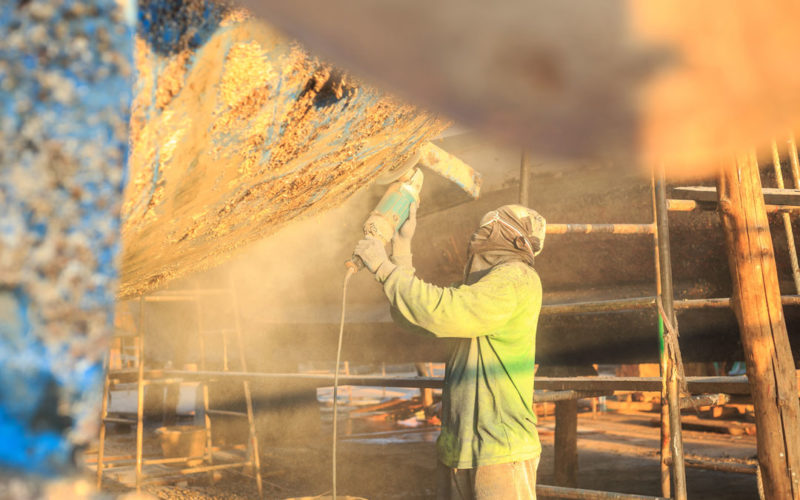
Invasive aquatic species have a tremendous negative effect on the world’s marine ecosystems. According to the International Maritime Organization (IMO), the economic impact totals several hundred million dollars per year. For shipowners, the cost of invasive and non-invasive interlopers is even higher.
To address the problem, the GloFouling Partnerships project is aiming to build capacity in developing countries to implement biofouling guidelines. Initiated in December 2018, the project is a collaboration between the IMO, the Global Environment Facility, and the United Nations Development Program.
In addition to those entities, 12 developing nations and small island states participate as lead partnering countries. Australia, New Zealand, Canada, Germany and Sweden also are lending their support, as are six regional environmental organizations and over 60 strategic partners — a mix of industry associations, international non-government organizations, universities and research facilities.
The first initiative that GloFouling Partnerships will undertake is a study on the effect of drag on marine fuel consumption. The reason this topic became a priority is in part because it directly addresses climate change.
“Obviously, the better fouling on a ship’s hull is managed, the more efficient it is going to be in terms of fuel consumption. So there is a great commercial interest in improving fouling management from the industry side,” said Dr. Lilia Khodjet El Khil, project manager for GloFouling Partnerships.
Another reason this subject was chosen is that it engages the current members of the Global Industry Alliance (GIA) on Marine Biosafety, recently established under GloFouling Partnerships, and hopefully will attract more industry partners.
“By getting involved in (GloFouling Partnerships), companies can have input into global regulations applicable worldwide,” Khodjet El Khil said. “Participating members have the opportunity to share their concerns, knowledge, operational expertise and technical expertise in contributing to policy development.”
Currently, all the maritime industry has to steer it are domestic biofouling regulations that vary from country to country. If there is a push for global guidelines, Khodjet El Khil wants industry representation at the table.
“These technical, operational and commercial angles are not always entirely understood by policy developers,” she said. “Therefore, those who work in the field every day can provide valuable input.”
NACE International was an early supporter of the project and joined as a strategic partner. Buddy Reams, chief maritime officer for the nonprofit group, cited the alignment between the project’s objectives and NACE’s mission: to equip society to protect people, assets and the environment from the adverse effects of corrosion. Houston-based NACE was established in 1943 as the National Association of Corrosion Engineers.
NACE also saw value in the exchange of information. In 2017, the group initiated a Technology Exchange Group (TEG) titled “Ecological Risks of Hull Fouling.” Reams explained that TEGs serve fundamentally as an information-sharing platform.
“We viewed the global efforts to combat (invasive aquatic species) and the technologies being developed to deal with biofouling to be correlative to the corrosion-prevention performance of hull coatings,” he said. “As the dialogue and objective information-sharing grew within that TEG and with a growing network of other coordinating groups and stakeholders, it seemed natural to integrate that with GloFouling Partnerships.”
Launching a global initiative like GloFouling Partnerships is a huge undertaking, and the coronavirus pandemic adds another level of complexity. Although the situation is difficult right now, Khodjet El Khil encouraged industry leaders to join the initiative.
“The industry is at the sharp end of achieving the goal, which is to reduce fouling, protect biodiversity, and achieve greater energy efficiency,” she said. “We want to do the right things now, and there is an opportunity to do this, to do things right. By getting involved with the GIA, these industry champions have an opportunity to partner with the IMO and the United Nations to show their leadership in marine environment matters, increasing their global visibility and identifying innovative solutions on biofouling management.”

